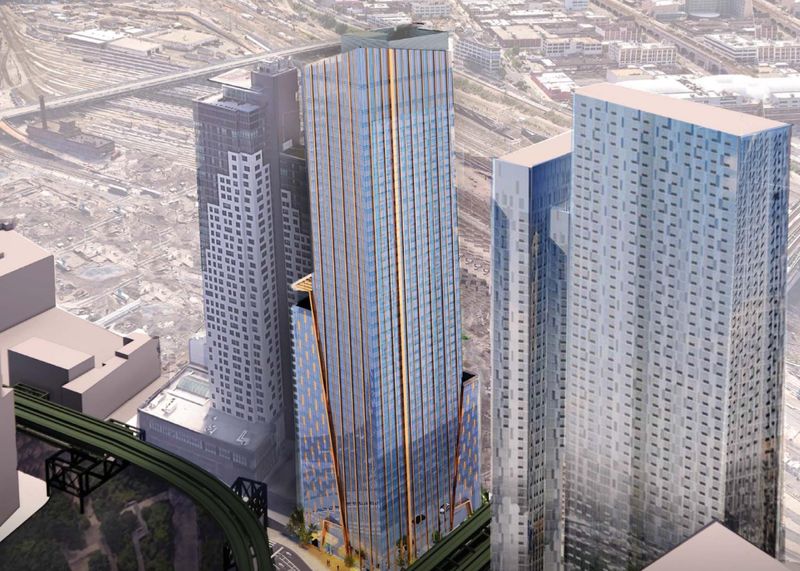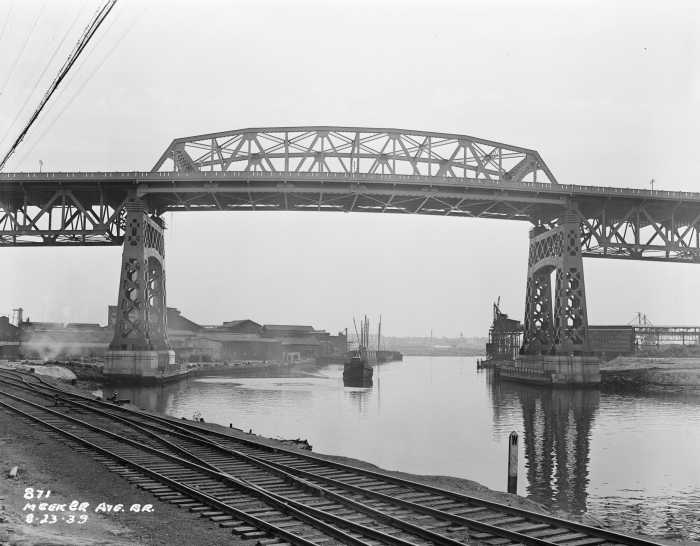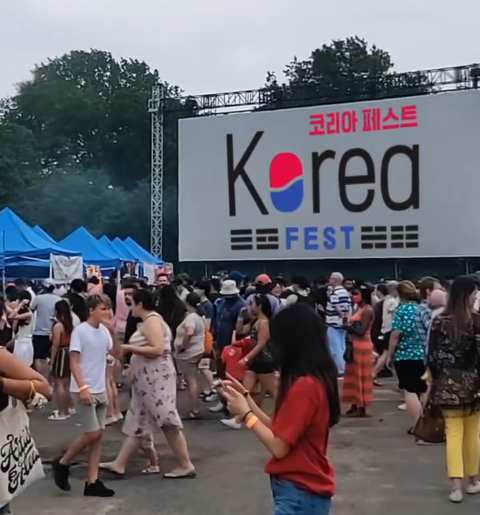The article “Queensborough Bridge accident driver sues city” (Astoria Times, Dec. 15-21) contained excellent reporting, but I wish to bring up a few points.
The two plaques over the upper roadway of the Queensboro Bridge read exactly that — “Queensboro Bridge.” As a historian and a Queens resident, it troubles me to say “Ed Koch-Queensboro Bridge,” although that is the bridge’s correct name.
The mighty cantilever bridge from Manhattan to Queens, spanning the East River and Roosevelt Island, opened March 30, 1909. The 7,449-foot bridge was and is an engineering marvel. All signage directing vehicles, bicycles or pedestrians to the bridge reads “Queensboro Bridge” or “Ed Koch-Queensboro Bridge.”
There is also the “59th Street Bridge” name, a colloquial name used by many Manhattan and Queens residents. Longtime Queens residents I know have always called it the “59th Street Bridge.” Queens-raised Paul Simon and Art Garfunkel did not exactly clarify the issue with their 1966 hit song “The 59th Street Bridge Song (Feelin’ Groovy)”.
Conversely, there is Queensborough Community College in Bayside, the Queensborough Preservation League and the Queensborough Bridge in New Westminster, British Columbia, Canada. Additionally, we have the community of Queensboro Hill and many other usages ending with and without “ugh.”
There is the elevated, four-track Queensboro Plaza as opposed to the street level Queens Plaza. Queens Plaza, formerly Bridge Plaza, is a massive transit hub and business center above the subterranean Queens Plaza subway station. Both the elevated and subway trains are part of the Metropolitan Transportation Authority’s subway system.
Some websites use “Queensborough Bridge” as a search term for our city bridge. This spelling is and always was incorrect for it. This is a spelling issue and a common usage issue.
New York’s native American and Dutch residents have had a hand in local place names — for example: Manahatta (Manhattan), Canarsee (Canarsie), Breukelen (Brooklyn) and Vlissingen (Flushing).
In my research over the past nine years, I have found differing names and spellings of names of the majority of sections of Long Island City.
Hell Gate in the East River has had three different names and more than 10 spellings. There were at least six names to Long Island City’s neighbor, Roosevelt Island. We at the Greater Astoria Historical Society pride ourselves in gathering and sharing accurate, actual history.
Yes, we have made some errors factually, but that is part of the learning process and we try to minimize and eliminate factual and spelling errors. Of course, any spellings or misspellings found within primary sources or period quotations should remain that way.
Other local spelling pitfalls include “Triborough Bridge” — since 2008, the “Robert F. Kennedy Bridge” — is spelled “Triboro” on Grand Central Parkway signage and in other places. “Hallett” is how the family and history have spelled it; the modern is now “Hallets,” as in “Hallets Cove.”
“Hellegat,” meaning “bright” or “beautiful passage” in Dutch, was later Anglicized into “Hell Gate” after the British takeover of New Amsterdam in 1664. Hell Gate’s historic tidal treachery and its navigation-hindering rocks and reefs had made the name Hell Gate quite appropriate. I have found about 10 different spellings of the place in our research.
Regarding places like Hunter’s Point, are the possessive apostrophes necessary? These places are no longer owned by their namesakes, like Corlear’s Hook, Ward’s Island, Powell’s Cove, Pugsley’s Creek, etc. The modern spellings should drop the apostrophes since the city now owns these places. Here, still, contradictions abound.
Hyphens have also come, gone and reappeared in certain circumstances. The Astoria Times article has it as “Queensborough Bridge” in the article headline but as “Ed Koch-Queensboro Bridge,” with a hyphen, in the first paragraph.
This is the first time I am seeing it hyphenated. Other local hyphen issues involve the Queens-Midtown Tunnel — often hyphenated but not by its operator, MTA Bridges and Tunnels. The Brooklyn-Battery Tunnel, the Bronx-Whitestone Bridge, the Verrazano-Narrows Bridge and the Marine Parkway-Gil Hodges Memorial Bridge are with and without. I guess the structure or facility operator has final say.
Be careful of the pitfalls Long Island City, with written history going back to at least the early 1640s, gives us. There is no protocol or list of rules established for area names, plurals, hyphens and apostrophe usage.
Who is to say what is right? Property barons sometimes change area names to disassociate their new developments from the history and legacy of existing areas. What about fanciful and anti-historical place or neighborhood renamings, like Two Coves or Queens West?
I remain confident in the following spellings: Queensboro (Bridge), Queensborough (Community College), the Queens Borough Public Library, the Queens borough president and Queens Borough Hall. Other proper spellings include “Triborough,” as in the authority, but others use “Triboro” for their groups, businesses, etc., and “Hunters Point,” “Hell Gate” and “Wards Island,” to name some prominent areas and structures.
Here I only scratch the surface of the issue of correctly spelling Long Island City and area place names. I commend the Astoria Times’ efforts in bringing factual information to readers and understand that newspaper deadlines sometimes inhibit detailed historical research and fact-checking.
Richard Melnick
Trustee
Greater Astoria Historical Society
Long Island City



































